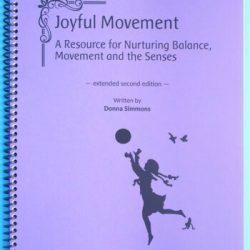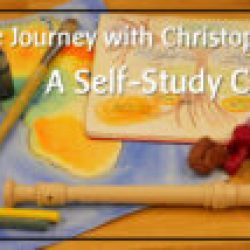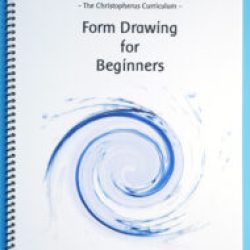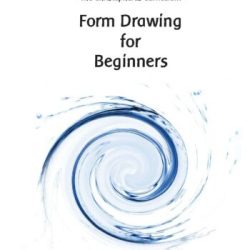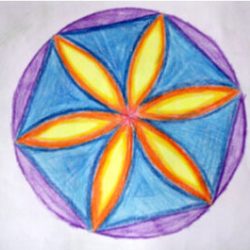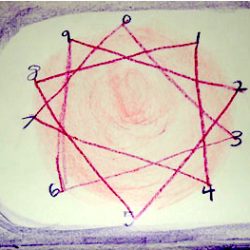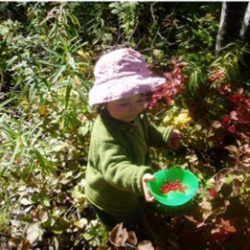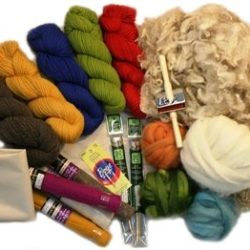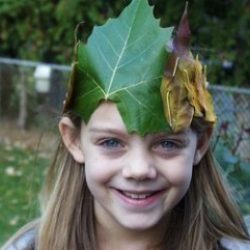Our Store
Content includes:
-
An overview of child development birth – teen years
- Ways of thinking about technology use, homelife, play and learning to enhance your child’s development
- Songs (many with music), verses, fingerplays, math activities and movement exercises;
- Ideas for nurturing the senses of touch, warmth, balance, listening and smell;
- A Waldorf-inspired backyard assault course;
- Ideas for games with groups of children.
Watch a short sample from the video below:
Testimonials
Nancy Blanning's Review of Joyful Movement
A new treasure is available to homeschoolers and Waldorf parents in Donna Simmons’ Joyful Movement, A Resource for Nurturing Balance, Movement and the Senses. It is woefully evident that young children are having a harder and harder time developing physical coordination and ease in movement, which normal childhood used to just naturally render. Likewise, more children are nervous and jittery, lacking a sense of comfort and security in the rhythms of their physical bodies and within the environment around them. Donna has addressed these issues in a warm, reassuring, sensible, and very practical way.
“The first part of the book gives a concise overview of development up to age 9. She also clearly describes the principles that Waldorf educators and parents have found to be effective in supporting and protecting the healthy development of young children. Donna’s observations offer a clear foundation for these thoughts. Included as well are suggested resources for further reading to deepen one’s understanding of these critical issues. Practical suggestions for bringing rhythmic activity in the lessons are clearly outlined. The importance of the children having access to the natural world is importantly emphasized. And a guide to creating your own backyard obstacle course is also included.
More fun comes next. Over half of the book offers a compilation of verses, songs, and movement ideas to use with children. Some are familiar; others will be new to the reader. These contain rich language with good, strong rhythms to carry movement along; plus pictorial imaginations children can easily enter into. To find such material on one’s own would take hours of research in many different sources. Donna has done a real service in collecting these materials to make the task of educating and supporting the healthy development of our children a little easier and lots of fun.
Reviewed by Nancy Blanning, Waldorf kindergarten teacher and therapeutic educator; teacher trainer; and co-author with Laurie Clark of Movement Journeys and Circle Adventures, Movement Enrichment with a Therapeutic Emphasis for Early Childhood.
Nancy Blanning
Donna Addresses How To Work With The Senses
Donna’s wisdom rings true and comes across clearly as usual… She addresses the senses and how to work with them, calming down a child, getting them into their bodies (a subject close to my heart), hand dominance, math, nature and gardening. Then comes the verses, songs and finger plays organized by time of day, sleep, baking, counting, seasons, fantasy, tongue twisters, and even a chapter on groups of children. I have found the book to be very important for developing circle time activities for my first grader. We do lots of stomping, hopping, jumping, play leap frog to help him get into his body to overcome a slight speech problem (which is pretty much gone now). He is learning clapping games, songs (and he hates to sing, but loves these songs). My 10 year old enjoys circle time too! Oh, and due to this book I am working on teaching both of my children to skip, a lost art as Donna calls it!
I highly recommend Donna’s latest book……it’s been invaluable for us.
But, I think the most important page in the book is that Donna addresses GUILT! I think the hardest thing for me with Waldorf is all the information I have, the books, the workshops, the songs, emails, etc., etc. where I read what is “supposed” to happen. But it never happens quite that way at my house, and I feel guilty. Seeing someone deep within Waldorf address that we don’t need to feel guilty for what we have or haven’t done is so refreshing……something I think we all need! Don’t waste time feeling guilty, just move forward from where you are!
Karen Petz
Our Daughter's Therapist Was Very Impressed
I’ve been meaning to post about Joyful Movement and never seem to have the time! My youngest is 8 years old and was diagnosed 18 months ago with Asperger’s/ADHD. We have a team of therapists working with our family on an almost daily basis. Since summer, I’ve been sharing more and more about the Waldorf philosophy with them. Our daily therapist (who has been w/us since May – our old therapist went back to law school!) comes to our home, and she’s been interested simply because our home has such a different feel than the other homes she’s in. (Our 16 yo dd and 12 yo ds are also homeschooled.) Our daily therapist is a sweet, gentle person who helps Gracie by coming along side her and modeling. She has not only been open to but has embraced much of Waldorf. After I showed her Joyful Movement, she took it to a staff meeting and they all were very impressed. Our therapist has begun an hour each morning of small motor, large motor, movement, tongue twisters, bouncing, cross-midline, brain-gym, yoga and memorization with Gracie each morning, most of it from Joyful Movement. (Different things on different days, obviously! Not everything each day.) She mentioned that the other therapists all wanted the author/title info so they could get their own copies, too.
Some mornings I find them out walking chalk spirals on our driveway. They’ve been drawing with their toes, passing beanbags around, bouncing, tricking each other with tongue twisters and riddles, forming shapes with dough behind their backs, etc. Our “team” of therapists are traditional behavioral therapists, provided by the State by law, who have various psychology or special ed degrees from bachelors up to doctorate. They’ve been very impressed with everything Donna has suggested for Gracie (we’re subscribers to Donna’s service) and all the materials they have seen so far – particularly Joyful Movement. It is exactly what Gracie needs right now, and they found that her coping skills, attention, communication, and maturity skills have skyrocketed in the past 4 months of doing an hour daily or Joyful Movement. Last week our daily therapist’s supervisor came for an audit – she has a master’s in art therapy. She was very impressed by the crossing the midline exercises and the dough-shaping exercises in Joyful Movement. She said something like, “Where did you learn about this? Most people don’t realize how effective these [simple-looking exercises] really are! They think they’re a waste of time but they’re SO necessary.”
So, if you’re even considering beginning to put movement into your mornings, I can highly recommend it as a parent. I can also tell you that over a dozen therapists were really blown away by the ideas, the effectiveness and the whole approach. Our daily therapist is working on a degree in special ed, and she’s taken stuff she learned at my house and used them in her class work, and her professor was really impressed. So I just wanted to share what a truly therapeutic, restorative – but easy – resource it is. Even my older two will gladly get involved with the group things – lots of giggles, lots of fun! This is a very unpolished and choppy review – but I wanted to get it written and sent off while my barley soup was cooking! 🙂
Lauri B.
Joyful Movement 2nd Edition
A Resource for Nurturing Balance, Movement and the Senses
by Donna Simmons
$35.00
Note: this item is printed on demand.
Not simply just another collection of ideas, activities, songs & movement games, Joyful Movement has been created out of Donna’s 35+ years’ experience of working with children in a wide variety of situations and with a wide variety of challenges and seeming challenges. Written in the hope of preventing and even possibly correcting issues a child might have with sensory integration, movement, balance, coordination or other related faculties, this book is a treasure trove of ideas on how to sensitively nurture – not overstimulate – the child’s senses and to bring healthy activity to him or her every day.
A huge part of preventing and/or addressing such challenges falls to us as parents. The environment we create for our children, how we parent, choices we make about toys, play and the media all influence our children’s development. Based on Donna’s deep understanding of the therapeutic basis of Waldorf education, this book helps a parent better understand what might be happening with his/her child so as to encourage and nurture healthy development.
This new publication spans the early years through fifth grade with a look at the teen years (the previous edition covers early years through third grade). In it you will find in-depth discussion of the anthroposophical basis of the Waldorf curriculum including sections on the 3fold and 4fold human being; the 12 senses; addictive behaviors; the Waldorf home; and a detailed explanation of the unfolding of child development from birth into the teen years. There are also more games and movement ideas with instructions for how to work at home with one child or many, as well as with older children.
Included with the new Joyful Movement is a companion video showing how to do some of the games and movement from Joyful Movement, as well as Donna (sometimes with friend) cheerfully singing all the songs. She also gives pedagogical advice about the various games and songs throughout the film.
This 50 minute video is not available separately.
Please note: This book is also an integral part of the Christopherus Curriculum for 1st through about 5th grade. And any early years purchases will not be complete without it.
Content includes:
-
An overview of child development birth – teen years
- Ways of thinking about technology use, homelife, play and learning to enhance your child’s development
- Songs (many with music), verses, fingerplays, math activities and movement exercises;
- Ideas for nurturing the senses of touch, warmth, balance, listening and smell;
- A Waldorf-inspired backyard assault course;
- Ideas for games with groups of children.
Watch a short sample from the video below:

